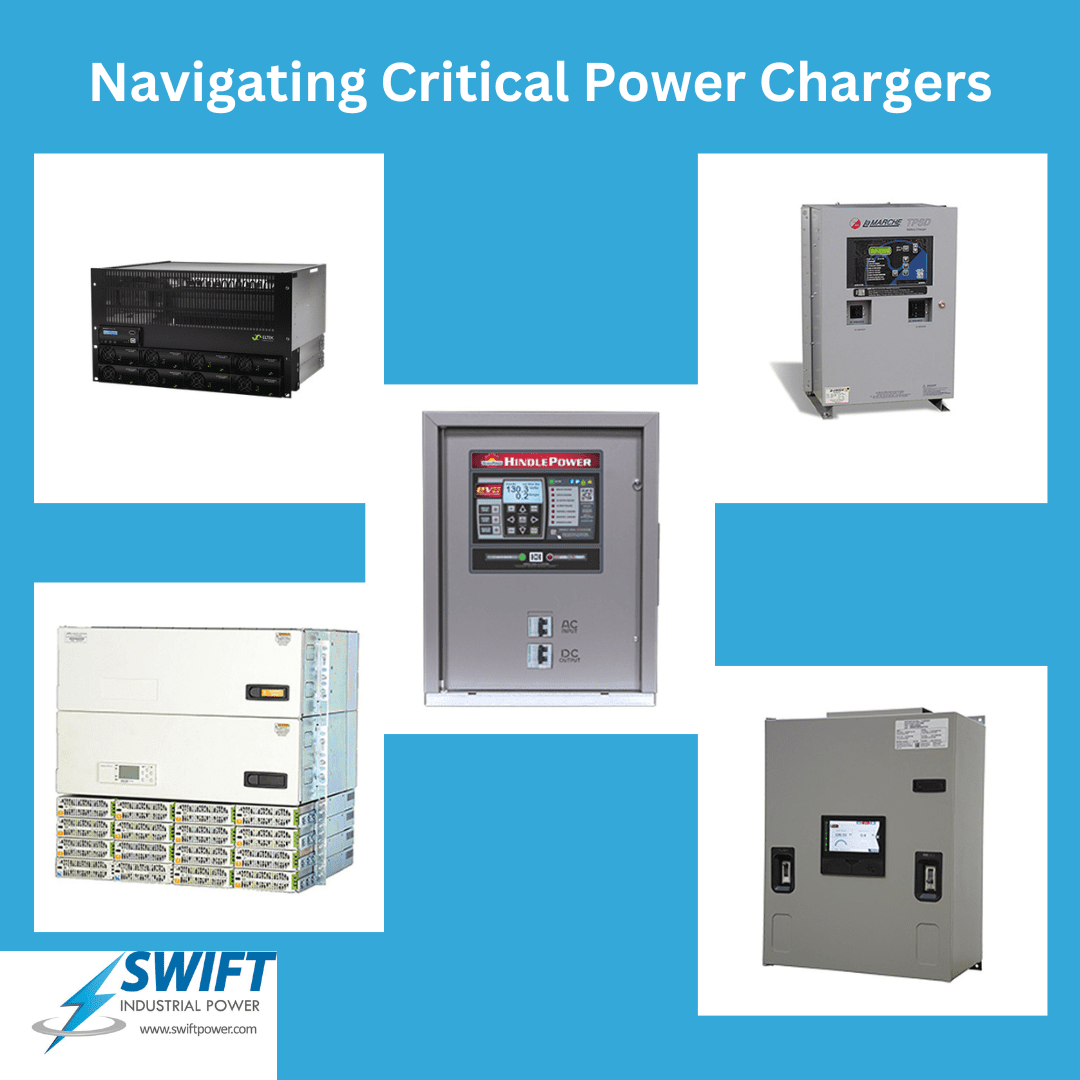Stationary Power Solutions: Navigating Critical Power Chargers
Introduction: In the realm of stationary power systems, ensuring uninterrupted electricity supply is paramount. Whether it’s substations, hospitals, data centers, telecommunications facilities, or industrial plants, critical power chargers play a pivotal role in maintaining continuous operation. In this blog post, we’ll delve into the world of stationary power solutions, focusing specifically on critical power chargers. Let’s navigate through the essentials of these crucial components and understand their significance in powering our modern infrastructure.
Understanding Stationary Power Systems: Stationary power systems are the backbone of numerous industries, providing essential electricity supply for critical operations that cannot afford downtime. Unlike portable power systems, which are designed for mobility, stationary systems are permanently installed at specific locations to meet long-term power demands. These systems often include backup generators, uninterruptible power supplies (UPS), and critical power chargers to ensure reliability and resilience.
The Role of Critical Power Chargers: Critical power chargers, also known as battery chargers or rectifiers, play a vital role in stationary power systems by converting AC (alternating current) utility power into DC (direct current) to charge batteries and power DC loads. These chargers are essential components of backup power systems, ensuring that batteries remain fully charged and ready to provide instant power in the event of a utility power failure. Their ability to maintain battery health and readiness is critical for ensuring seamless transitions during power outages.
Navigating Critical Power Chargers: When navigating critical power chargers for stationary power solutions, several key factors come into play:
- Capacity and Voltage Requirements: Consider the power capacity and voltage requirements of your stationary system to select a charger that can efficiently meet the demands of your batteries.
- Efficiency and Reliability: Look for chargers with high efficiency ratings and proven reliability to minimize energy losses and ensure consistent performance over time.
- Scalability and Redundancy: Evaluate the scalability and redundancy options offered by the charger to accommodate future expansions and enhance system reliability.
- Monitoring and Control Features: Consider chargers equipped with monitoring and control features, such as remote monitoring capabilities and real-time diagnostics, to streamline maintenance and troubleshooting processes.
- Compatibility and Integration: Ensure compatibility and seamless integration with other components of your stationary power system, such as UPS units and battery banks, to facilitate smooth operation and interoperability.
Benefits of Robust Power Solutions: Investing in robust stationary power solutions with reliable critical power chargers offers several benefits:
- Enhanced reliability: Minimize the risk of downtime and disruptions by maintaining fully charged batteries at all times.
- Improved resilience: Withstand utility power fluctuations and outages with confidence, thanks to robust backup power systems.
- Reduced operational costs: Optimize energy efficiency and prolong battery lifespan with advanced charger technologies and monitoring capabilities.
- Enhanced peace of mind: Gain peace of mind knowing that your critical infrastructure is backed by dependable power solutions designed to meet your specific needs.
Conclusion: Critical power chargers are indispensable components of stationary power solutions, ensuring the reliability, resilience, and continuity of critical operations across various industries. By navigating through the intricacies of these chargers and selecting the right solutions tailored to your requirements, you can build robust power infrastructure capable of withstanding the challenges of an ever-changing world. Invest wisely, stay powered, and keep your critical systems running smoothly with dependable stationary power solutions and critical power chargers at the helm.

